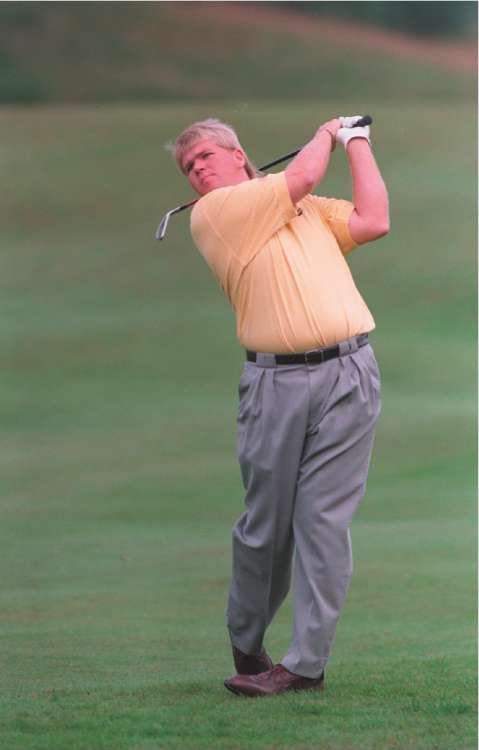It's not just about limiting the clubs, golf will have to keep its eye on the ball

When it comes to technology even Formula One has struggled to keep up with the advances in golf. It is fair to say the equipment now would be unrecognisable to the pioneers who invented the game in the 1500s. Indeed, it would be unrecognisable to many players from the 1980s.
Yet while the cricketing authorities have moved to limit the effects of the new supercharged handles, the golfing bigwigs have a battle on a new front: balls. And it is one they are, to be frank, ballsing up at the moment.
That may just be because the Royal and Ancient and the US Golfing Association, the game's two governing bodies, took their eye off the ball in their desire to rein back on the mammoth drivers that flooded the market in the Eighties. First the shafts had changed from hickory to steel to graphite, and then some bright spark decided the heads of the "woods" should be metal as well. Titanium became the favoured material and, powered by the graphite shafts, obviously lighter and allowing for quicker head speed, driving distances started to leap dramatically.
They were not only longer as, with these bigger heads came bigger sweet spots and so, almost overnight, inveterate slicers and hookers could find the fairways. With the old courses suddenly starting to look ever so short to the grip-it-and-hit-it brigade, led by John Daly, the powers that be felt they had to act and did so by limiting the head sizes and also the spring-like effect quaintly known as "coefficient of restitution". They did give the world some time to chuck away their illegal hot models, but from 1 January, 2008 that was it. Bins at golf clubs were full of the damned things at the turn of the year.
So why was there no great outcry about all those yards lost and those hooks rediscovered? One reason is because the equipment makers found new ways to produce head speed and keep the clubs forgiving, but the main factor is all down to the development of that little round white thing. Basically, the Titleist Pro V1 – to give the example of the world's most popular ball – travels much, much further than any of its predecessors, is easier to control and, since being introduced in 2000, has unarguably revolutionised golf.
And so once-great courses have been rendered obsolete and desperate course designers scan every yard of the surrounding areas for more length. No fewer than 16 of the 18 holes have been changed at this year's Open venue, Royal Birkdale, since the last time it was held there, way back in 1998.
Wouldn't it have been far simpler to have told the ball-makers to produce shorter balls and for the authorities to have introduced stringent measures to protect the great layouts such as the Augusta National? Of course, it would.
Yet it appears the chance has been lost as the ball industry mushrooms and the lawyers hover. Cricket is wise to beware.
Subscribe to Independent Premium to bookmark this article
Want to bookmark your favourite articles and stories to read or reference later? Start your Independent Premium subscription today.

Join our commenting forum
Join thought-provoking conversations, follow other Independent readers and see their replies